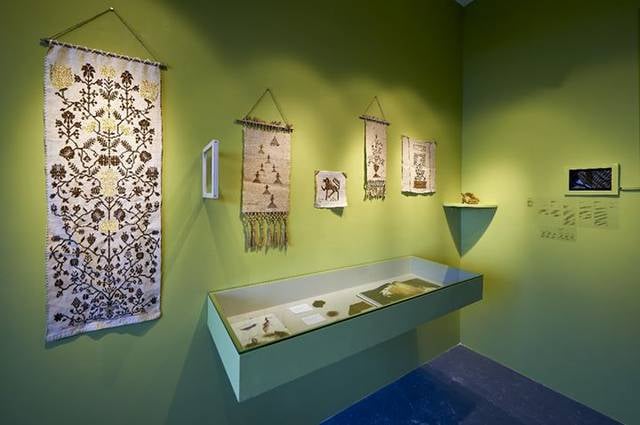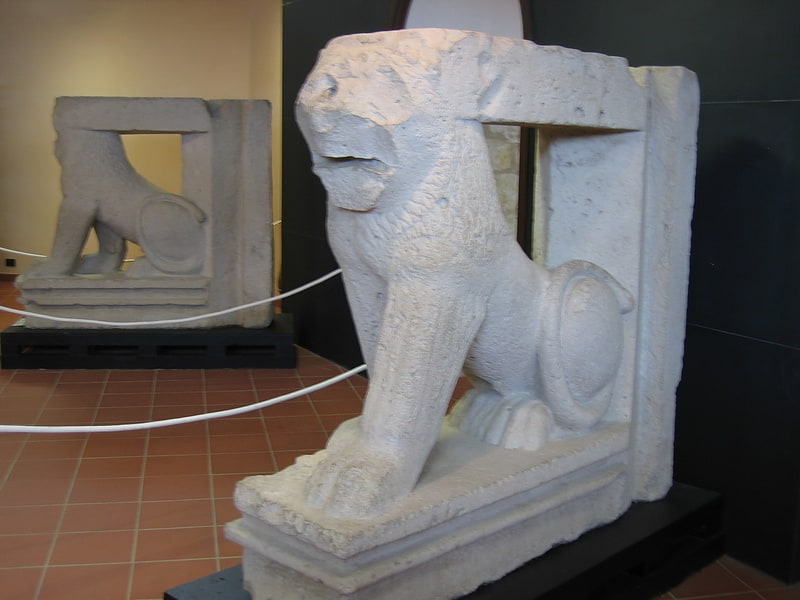Discover 4 hidden attractions, cool sights, and unusual things to do in Sant'Antioco (Italy). Don't miss out on these must-see attractions: Basilica di Sant'Antioco Martire, EcoMuseo del Maestro di Tela Chiara Vigo, and Sulci. Also, be sure to include Catacombe di Sant'Antioco in your itinerary.
Below, you can find the list of the most amazing places you should visit in Sant'Antioco (Sardinia).
Table of Contents
Basilica di Sant'Antioco Martire

The basilica of Saint Antiochus Martyr is a church of Byzantine origin located in the municipality of Sant'Antioco, coeval with the basilica of San Saturnino in Cagliari and the church of San Giovanni in Sinis.
Address: 22 Piazza Parrocchia, Sant'Antioco
EcoMuseo del Maestro di Tela Chiara Vigo

Top attraction, Specialty museum, Museum
Address: Via Regina Margherita 168, 09017 Sant'Antioco
Sulci

Also known as: Sulki
City. Sulci or Sulki, was one of the most considerable cities of ancient Sardinia, situated in the southwest corner of the island, on a small island, now called Isola di Sant'Antioco, which is, however, joined to the mainland by a narrow isthmus or neck of sand. South of this isthmus, between the island and the mainland, is an extensive bay, now called the Golfo di Palmas, which was known in ancient times as the Sulcitanus Portus.[1]
Catacombe di Sant'Antioco

The catacombs of Sant'Antioco are an archaeological site located in the Sardinian municipality of Sant'Antioco. The necropolis is one of the oldest evidence of Christianity in Sardinia. The site was carved out by connecting Punic burial chambers from the 5th century BC so that the first members of the newly formed Christian community could be buried as close as possible to the tomb of Sant'Antioco.